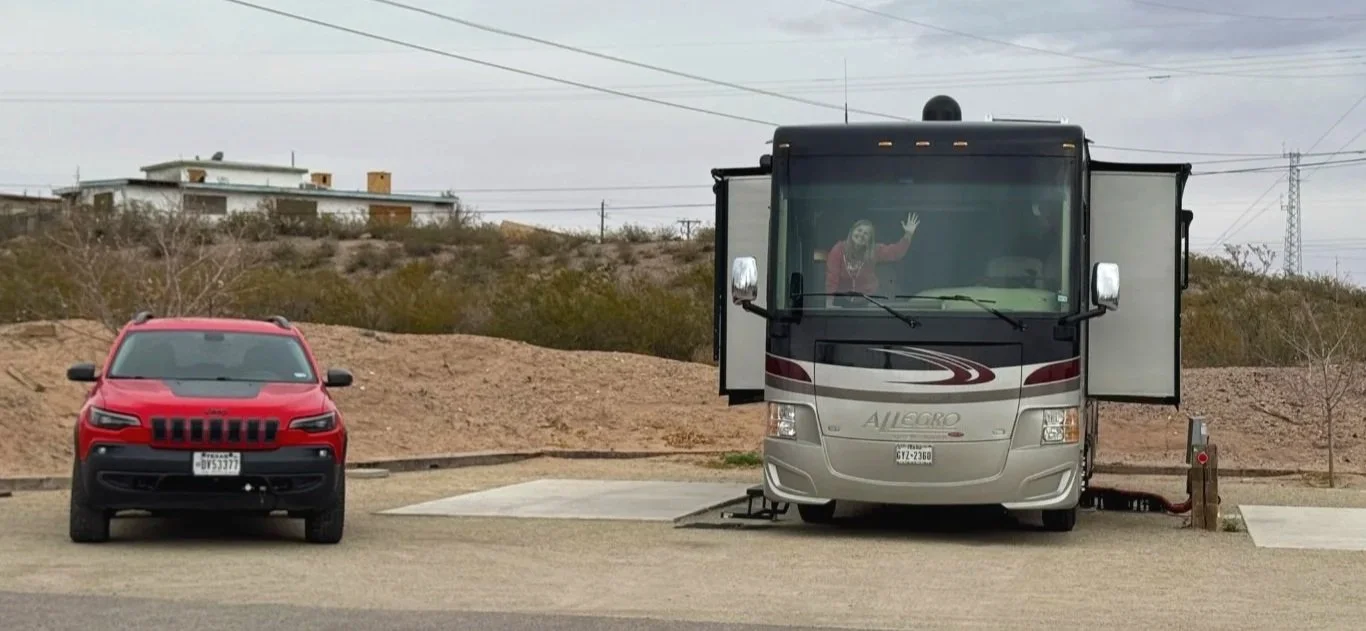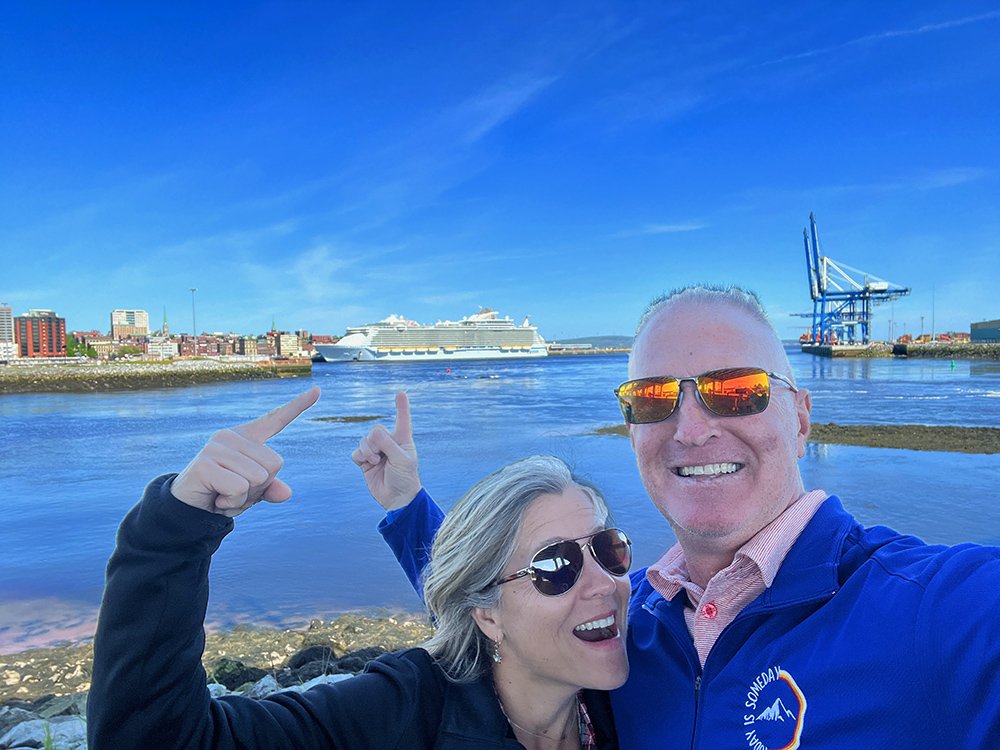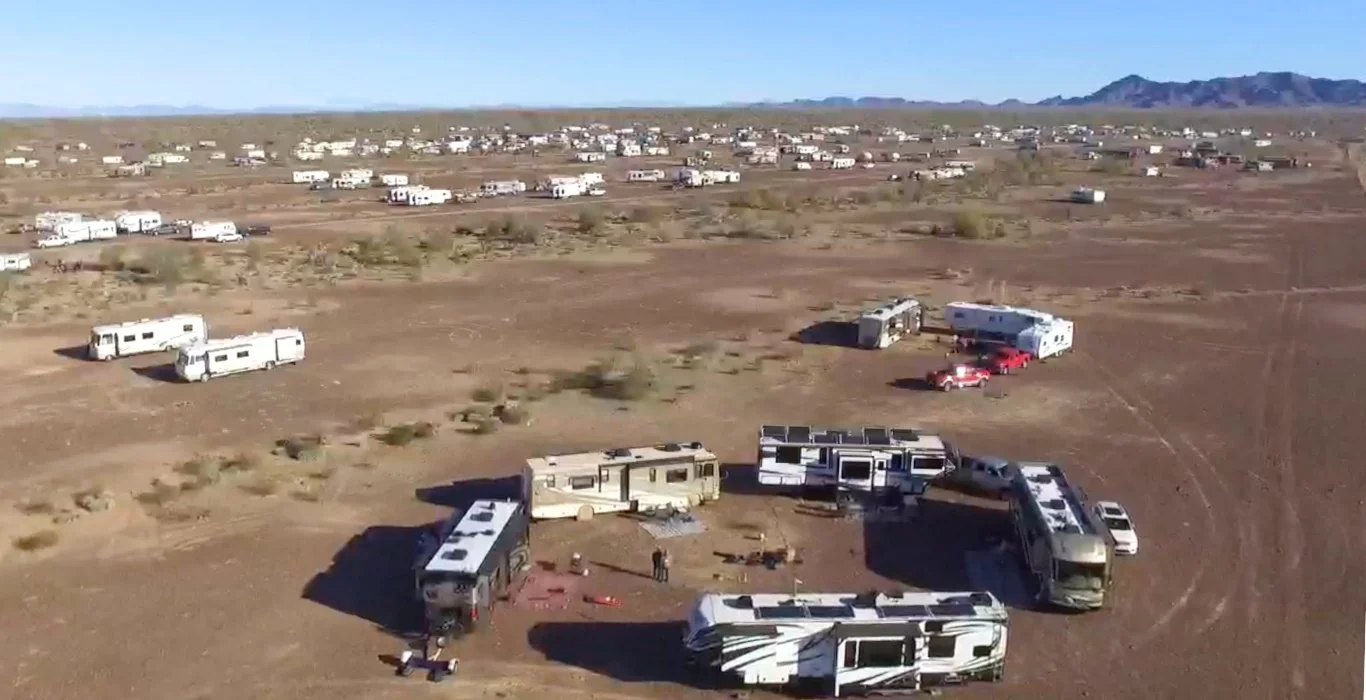Navigating Healthcare On The Road
Disclosure: The links below may be affiliate links that are at no additional cost to you. When you use our links, we may earn some extra beer money, but it won’t be enough for Phil’s ice cream habit or a batch of Stacy’s famous margaritas (recipe here).
Nomad Health Care
Let’s face it: traveling full-time can make health care feel like one giant puzzle. But after seven years of life on the road in an RV and overseas—we’ve learned that staying healthy while traveling isn’t always possible. But with the right planning, you can navigate anything that comes your way.
We’ve faced everything from major surgeries to prescriptions, back injections, and routine checkups. Here’s how we’ve managed it and how you can, too!
1. Start with a Solid Plan
Health insurance is your first priority. Whether you have insurance or are looking for coverage, you should know a few things about your plan.
Does it have nationwide coverage
How to find approved providers outside your home location
If outside your home location, will insurance pay directly, or will you need to pay upfront and file a claim for reimbursement
Can you seek primary care or only emergency care outside your home location
Are you covered for international travel, or do you need a supplemental plan
Our Insurance
We’ve relied on Tricare Select since we hit the road. It is a military retirement plan that allows us to choose our physicians without a referral. It’s a plan that we can use nationwide.
We have friends who have chosen plans from Healthcare Marketplace with nationwide coverage and others who have chosen plans that will only pay for medical (minus emergencies) when you are in your home state. Choose a plan based on the price, medical conditions, overall coverage needs, and travel style.
International Travel
When we travel internationally, we also rely on Skymed. Although this is not health insurance, it is a membership that will pay for travel back to the US during a medical emergency. The last thing we want is to have a medical emergency and not be able to go home for care. Skymed keeps that from happening.
If you plan to travel to other countries for extended periods, like our 30-day trip to Italy, here is an informative article that will help you navigate healthcare globally.
Lake Louise in Alberta, Canada
2. Plan Ahead for Prescriptions
If you take regular medications, you’ll want to ensure a steady supply while on the move. We use Walgreens to transfer our refills to any Walgreens nationwide easily.
Not all prescriptions can be transferred and filled outside your home state, like narcotics. Check your prescriptions to see if there are any restrictions.
Mail-order pharmacies are another good option. We have friends that have used it for years while traveling. Meds can be shipped right to your campground or Airbnb. Just be sure to keep your address up to date and turn off auto-ship—that way, medications are not mailed to the wrong location by accident.
Ensuring you don’t run out of medications while traveling abroad can get more complicated. Below are some tips that may help.
Vacation Override: Some insurance companies will allow you to fill your prescriptions early if you will be out of the country. Check your policy for specific rules as they vary.
Count how many tablets you have on hand. Don't use your vacation override if you have enough to get through your trip. Some insurance can limit the number of times you can use a vacation override each year.
Refill your prescriptions at least 7 days before your trip. Some medications could be out-of-stock and it may take a couple of days to fill.
Be prepared to give the pharmacy your travel information. They may need to provide the dates and location of your trip to the insurance company for vacation override approval.
Pay out of pocket. Sometimes, you may need to pay cash for your medications. We had to do this for Phil’s blood pressure prescription. Thankfully it was a generic that was not very expensive. We also used GoodRx, which lowered the price.
Guernsey, Channel Island, UK
3. Find Local Care When You Need It
We’ve used Minute Clinics & Urgent Care centers several times on the road. They are excellent resources for unexpected issues like infections or minor injuries. They are cheaper than emergency rooms and are covered by our insurance.
Tools like Zocdoc and your insurance provider’s directory are great ways to find nearby doctors or clinics for care on the road.
Some companies can help you find specialized healthcare providers while traveling across the country. For instance, my friend used Colonoscopy Assist to locate a doctor while she was in Texas. They connected her with a highly-rated provider and helped negotiate the cost of the procedure and all related expenses since she paid out of pocket.
Radiology Assist and Laboratory Assist are other examples. They will help you find locations for X-rays, CT scans, MRIs, and labs at a pre-negotiated, reasonable price. These companies can assist with a wide range of procedures and specialties nationwide with upfront, negotiated pricing.
Check your policy to see exactly what is covered and at what percentage. You will want to know before an emergency pops up so you know where to go for treatment.
Monowi, Nebraska population 1
4. Handling the Big Stuff
Major surgeries or ongoing treatments can feel intimidating while traveling, but they’re manageable with some preparation. We have navigated several major surgeries since we hit the road, including a total knee replacement!
The trick is proper planning. We parked the RV for several months in a comfortable campground close to our docs for each surgery. We planned extra time for recovery, just in case something went wrong, and made sure physical therapy was close by.
We even rented a site with a casita and a large walk-in shower. It made post-op care so much easier!
Of course, emergencies can be a bit more challenging. Hopefully, it will be manageable with all the other steps in place.
Badlands, South Dakota
5. Stay Organized
Keep your health care information accessible at all times. Having everything in one place is a game-changer for emergencies or new doctor visits. Use a digital app to store copies of insurance cards, medical records, and prescriptions. You can also type up a summary for each family member and print them or keep them in the notes on your phone. Just don’t forget to keep them current.
Medical Summary Basics
Current diagnosis
Previous diagnosis
Current medications
Allergies
Previous surgeries with year
Current physician with address and phone number
6. Prioritize Preventive Care
Path of the Gods, Amalfi, Italy
Staying proactive about your health will save you time and stress in the long run. It is the best way to ensure you continue enjoying this nomadic life.
I will be the first to admit we don’t always prioritize health. But we have a plan to change all of that! We are adding good stuff to our routine, like exercise, veggies, and protein, to push out some unhealthier choices. Hopefully, by this time next year, our health markers will be better, decreasing the need for medical appointments! You can see everything we will be doing in 2025 to take control of our health in our blog: FULL TIME TRAVEL RUINED MY HEALTH (HOW I’M TAKING CONTROL IN 2025).
7. the right primary care
When choosing your primary care physician, finding someone who understands your unique situation is essential. If you're always on the go and away from home, you need a doc who can roll with the punches. Here are some things to think about when choosing your primary care provider:
Do they offer telehealth visits?
Can you do telehealth from anywhere or just in your home state?
What can they treat over telehealth, and what needs an in-person visit?
Will they give you 90-day prescriptions instead of just 30?
How often are you required to have an in-person visit for refills?
How difficult is it to reschedule if your travel plans get messed up?
Driving through Colorado
Navigating Health Care
Navigating health care as a nomad may seem daunting, but it's entirely doable with a little planning and flexibility. After seven years of life on the road, we can confidently say that taking care of our health while traveling full-time has not been that complicated. So go ahead—chase those adventures, prioritize health, and know that you’ve got this!
Meet Stacy!
Stacy and her husband, Phil, are a wanderlust couple who have been roaming the great USA for an epic 7 years! They ditched the daily grind to embark on thrilling adventures and inspire fellow dreamers to chase their travel dreams. Curious about how they do it? Check out their awesome YouTube channel, Today is Someday, where they're spilling all the secrets to living a life on the move. Get ready to pack your bags and join them on this incredible journey.































